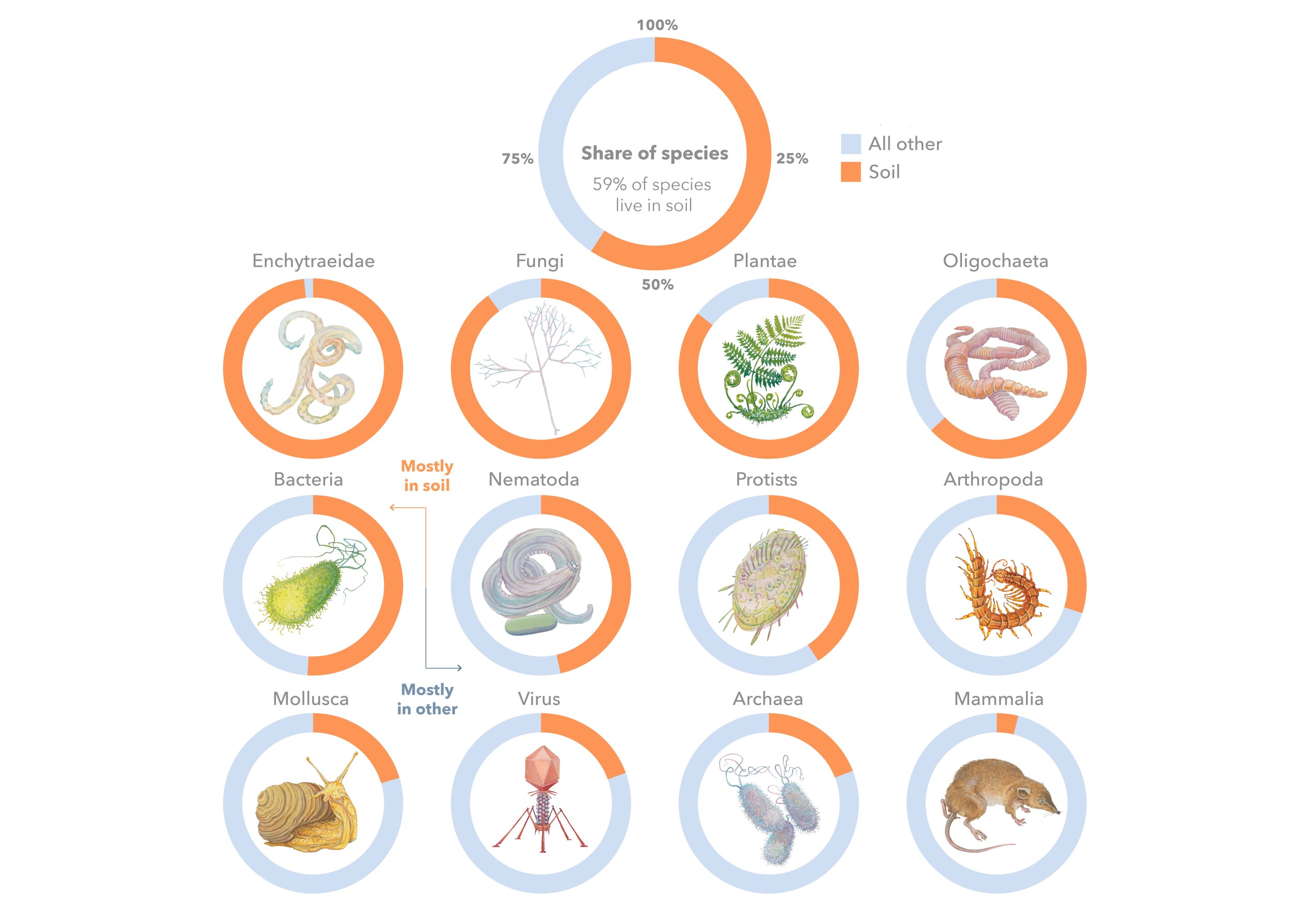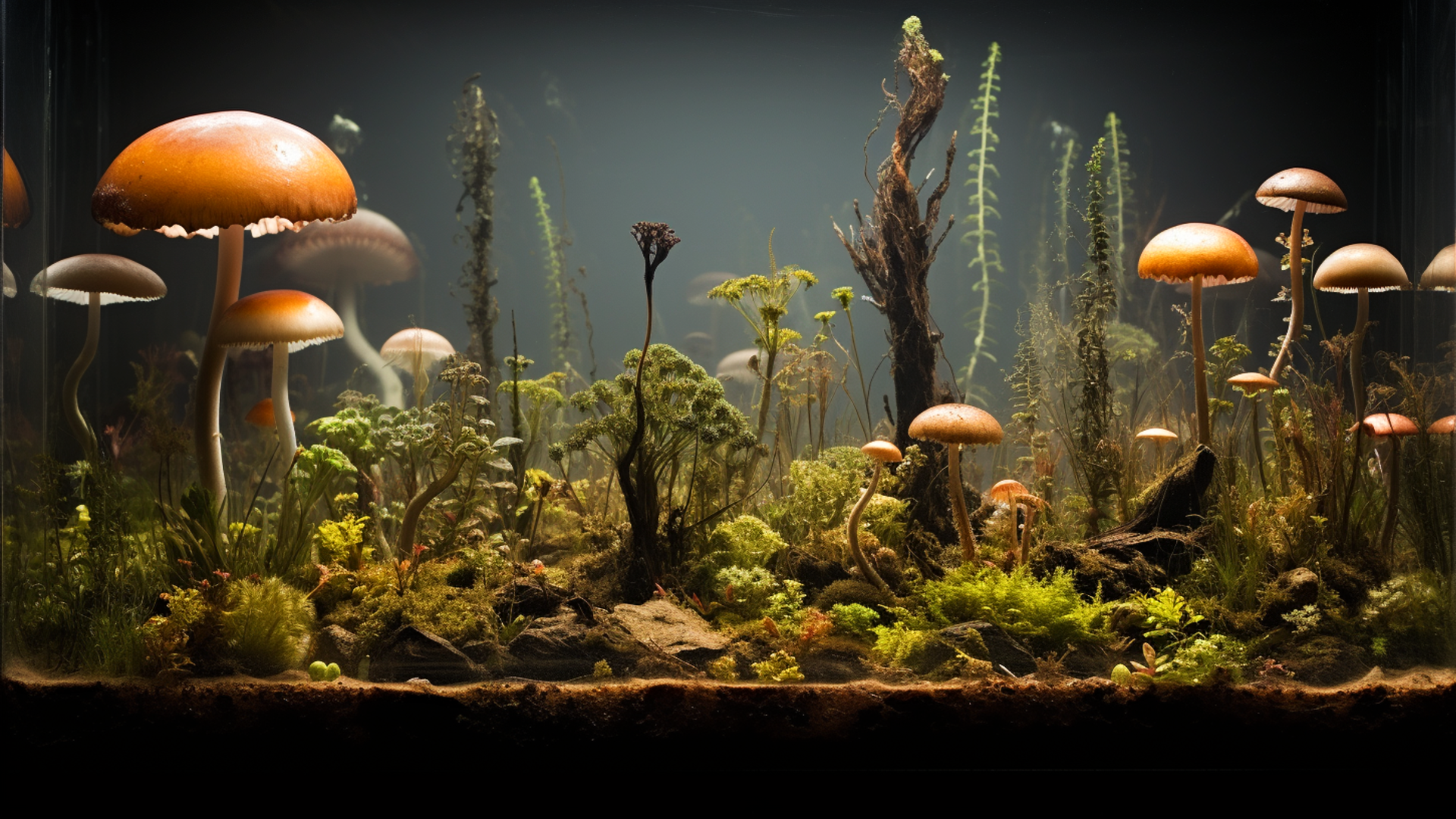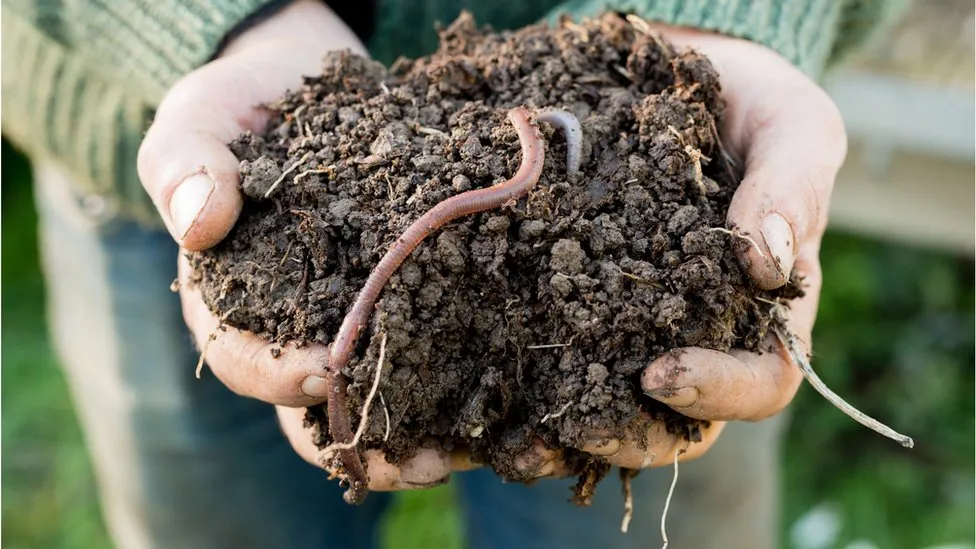According to a new study, 90 per cent of fungi, 85 per cent of plants, over 50 per cent of bacteria, and 59 per cent of life overall dwells in this ecosystem – double what many previously thought.
A recent analysis has found that soil – the top layer of the Earth’s crust that’s composed of a mixture of water, gases, minerals, and organic matter – is home to more than half of all life on the planet, making it the single most species-rich habitat in the world.
The study, which was published in the Proceedings of the National Academy of Sciences, is the first to tally the total number of dwellers underground, discovering that the new figure is double what was previously thought to be the case.
To come to this conclusion, researchers amassed estimates of how many fungi, plants, bacteria, and other creatures reside beneath our feet.
According to their findings, 59 per cent of all species depend on this ecosystem for their survival, including 90 per cent of fungi, 85 per cent of plants, and over 50 per cent of bacteria. At 3.8 per cent, mammals are the group least associated with soils.


‘Here, we show that soil is likely home to 59 per cent of life including everything from microbes to mammals, making it the singular most biodiverse habitat on Earth,’ reads the paper, which is a review of existing literature. The actual figure could be even higher as soils are so understudied.
What’s more important than these numbers, however, are the functions that this biodiversity performs.





















